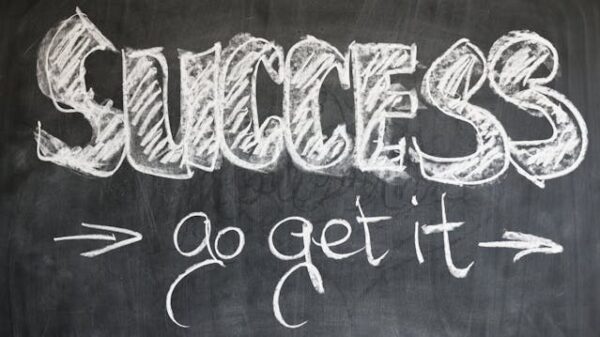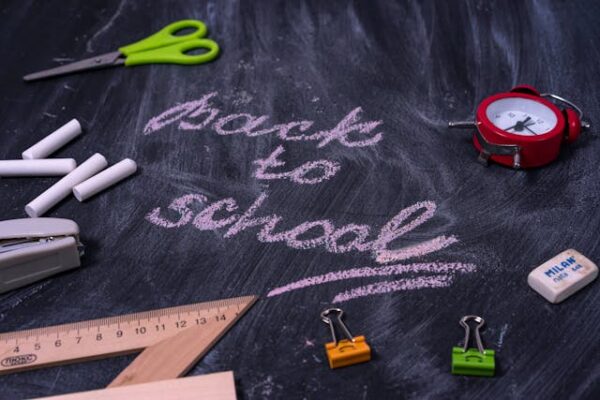With ‘back-to-school’ season in full swing in many parts of the world, teachers everywhere are welcoming students back to the classroom after a well-deserved summer break. The shift from the carefree days of summer to the structured environment of school can be challenging for students (and teachers), but with thoughtful planning and a bit of creativity, you can help make the transition smooth and positive. Here are some strategies to support your students as they ease back into the school routine after the summer vacation.

Reintroduce Routines Gradually
The start of the school year is all about establishing routines, but jumping straight into a rigid schedule can be overwhelming for students who’ve enjoyed the relaxed pace of summer. Begin with flexible routines during the first week, gradually introducing more structure as the days go on. This can help students adjust without feeling overwhelmed. Consider starting the day with activities that allow students to ease into learning, such as morning meetings, quiet reading time, or interactive discussions that allow them to share their summer experiences.
Do you need a classroom resource to break the ice and spark your students’ creativity? We’ve got you covered!
Set the Stage with Clear Goals and Expectations
The beginning of a new school year is an ideal time to set clear goals and expectations. Engage your students in setting academic and personal goals for the year, helping them identify what they want to achieve. This not only motivates students but also gives them a sense of direction and ownership over their learning. Use this opportunity to discuss classroom expectations and routines, ensuring that students understand the structure that will guide their daily activities.

Create an Inviting and Organized Classroom
An inviting classroom environment can make all the difference in how students feel about returning to school. Spend time organizing and decorating your classroom in a way that feels welcoming and exciting. Display student-friendly visuals, such as a colorful class schedule, inspiring quotes, or a “Welcome Back” bulletin board featuring students’ names or interests. A well-organized and visually appealing space sets a positive tone and helps students feel comfortable and ready to learn.

Facilitate Social Connections
The social aspect of school is critical, especially after a long summer break when students may feel disconnected from their peers. Plan activities that encourage social interaction and help students reconnect with old friends and make new ones. Icebreaker games, group projects, or partner activities are great ways to foster a sense of community in the classroom. By creating opportunities for students to interact in a low-pressure environment, you help them feel more at ease and ready to engage in learning.
Review and Refresh Academic Skills
Summer often leads to a “summer slide,” where students might lose some of the academic gains they made the previous year. To combat this, incorporate review sessions into the first weeks of school to refresh key concepts in a fun and engaging way. Use educational games, interactive lessons, and hands-on activities to help students recall and reinforce their knowledge. This approach not only helps bridge the gap but also builds confidence as students remember what they already know.

Address Emotional Well-Being
Returning to school can be an emotional experience for many students. Some may be excited, while others might feel anxious or uncertain. Take the time to acknowledge these emotions and create a supportive classroom environment where students feel safe expressing their feelings. Consider starting the day with a “check-in” where students can share how they’re feeling or writing in a journal about their thoughts. Providing a space for students to discuss their emotions can help them manage the transition more effectively.
Make the First Week Special
The first week of school sets the tone for the rest of the year. Plan special activities and events that make students excited to be back. This could be a themed day, a class project that involves creativity and collaboration, or a special welcome-back celebration. These activities not only make the first week memorable but also help students associate school with positive experiences, making the transition from summer to school life much smoother.
As a teacher, your role in easing the transition back to school is crucial. By thoughtfully reintroducing routines, setting clear goals, creating an inviting classroom, and addressing both the academic and emotional needs of your students, you can make the start of the school year a positive and rewarding experience. With these strategies in place, your students will be ready to embrace the new school year with confidence and enthusiasm (and so will you!).





